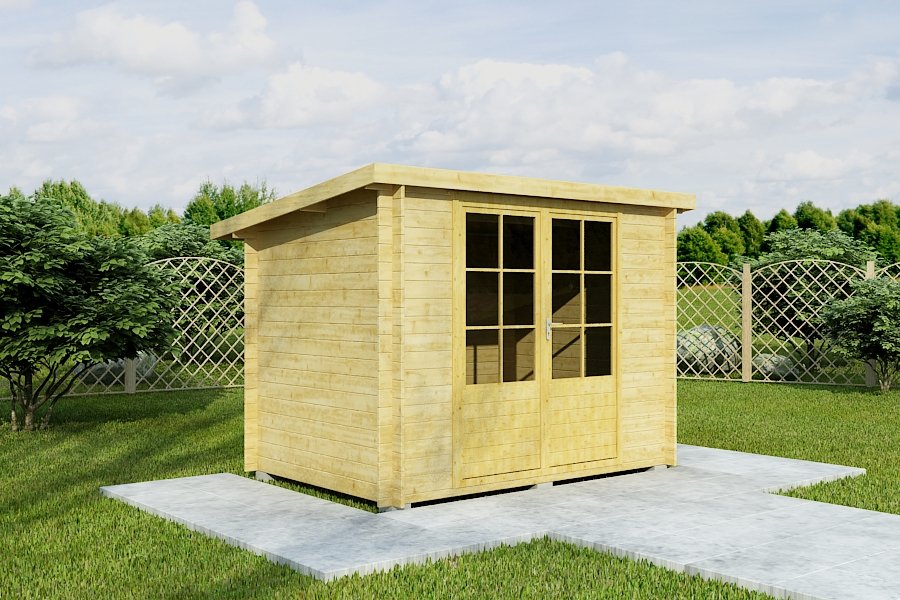
Repairing Cracks and Splits in Shed Wood
Sheds provide storage solutions for tools, lawn equipment, garden supplies and other items. Constructed either from wood or metal materials, sheds can store everything from tools to lawnmowers.
Wood sheds add a natural, rustic aesthetic to garden environments and require regular treatment and upkeep for optimal use.
Wood sheds can easily be tailored for doors, windows and shelving; however, metal sheds require more effort for custom modifications.
Cracks and Splits
cracks or splits in wooden garden structures such as log cabins, gazebos and fence posts may be alarming at first glance, but these are simply part of timber’s natural behavior. Timber responds to changes in its surrounding environment – particularly changes in humidity levels – by expanding and contracting according to environmental forces such as temperature or pressure changes.
Wood naturally expands and contracts as it absorbs or loses moisture, and this movement leads to cracking and splitting as part of its attempt to find balance with its environment. It’s an entirely natural process.
Outdoor timber has even more noticeable movement due to fluctuations in humidity levels and weather elements like rain, sun and wind – leading to cracks and splits appearing on shed cladding, log cabin walls and summerhouse walls.
Surface Checking: Timber’s outer edges often dry faster than its core, creating tension between dry and wet regions of its structure, leading to small fissures known as surface checking that appear between these sections. As soon as equilibrium has been reached between all sections, these cracks should go away – this process is an unavoidable part of drying, not something to be concerned about!
Splitting: Timber can lose moisture quickly enough that its cells collapse or shrink rapidly. As it attempts to adjust to its surroundings, tension builds within it until finally breaking apart the timber itself – this is why selecting air or kiln dried timber is essential for long term stability.
Cracked and split posts often caused by rapid loss of moisture are most frequently seen on fence posts and gazebo poles; once the entire log reaches an even moisture content level, cracks should close automatically. Radial cracks that form at either end will also close when all length of log dries equally.
Cracks and splits are an inevitable by-product of drying processes, but there are steps you can take to minimize their severity and frequency. These include acclimatising your log cabin or summerhouse to its new environment before building, using preservative on timber and avoiding direct sunlight exposure.